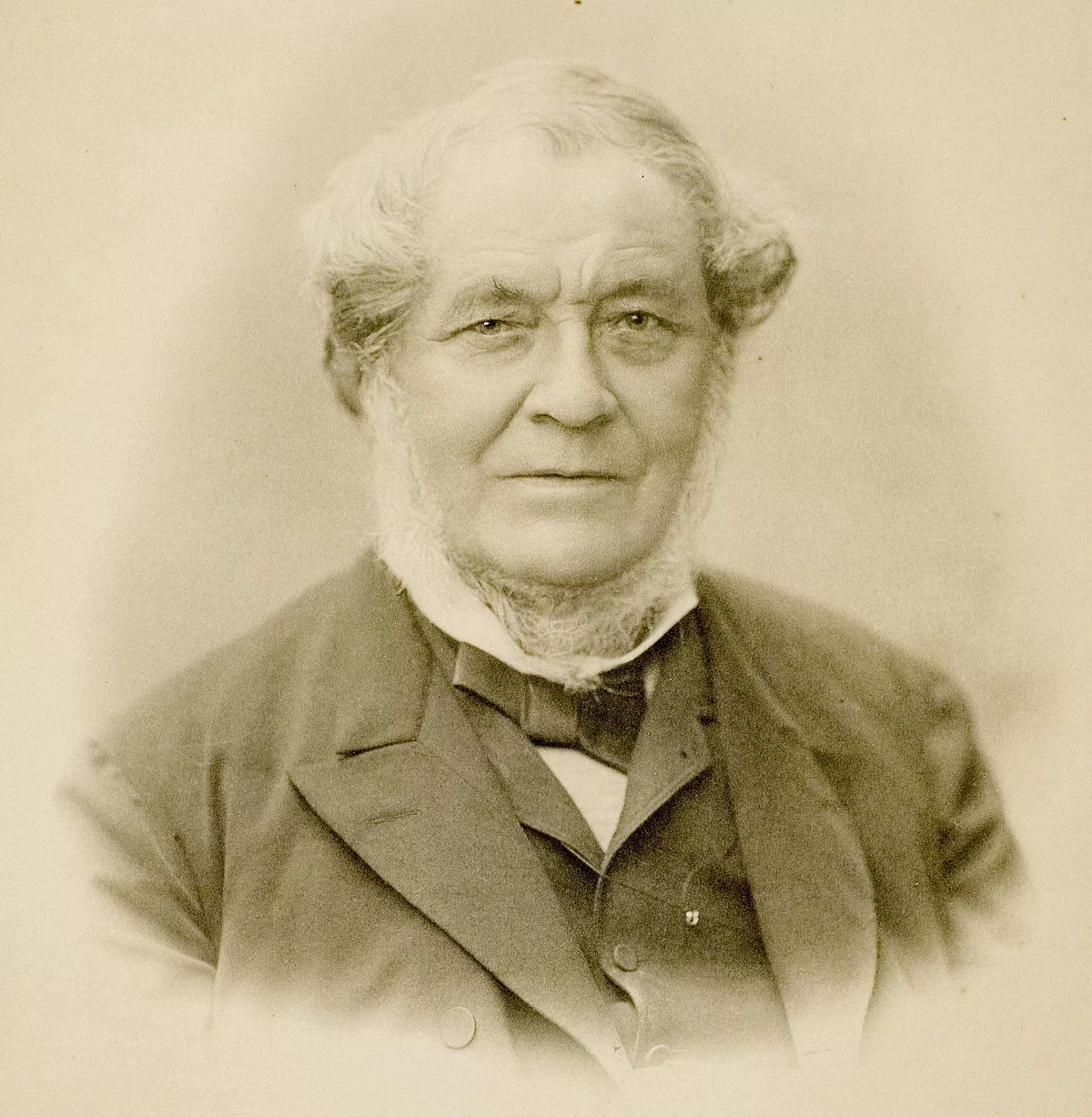 1.
1. Robert Bunsen investigated emission spectra of heated elements, and discovered caesium and rubidium with the physicist Gustav Kirchhoff.

 1.
1. Robert Bunsen investigated emission spectra of heated elements, and discovered caesium and rubidium with the physicist Gustav Kirchhoff.
Robert Bunsen developed several gas-analytical methods, was a pioneer in photochemistry, and did early work in the field of organic arsenic chemistry.
Robert Bunsen was born in Gottingen, Germany, in 1811, in what is the state of Lower Saxony in Germany.
Robert Bunsen was the youngest of four sons of the University of Gottingen's chief librarian and professor of modern philology, Christian Robert Bunsen.
In 1833, Robert Bunsen became a lecturer at Gottingen and began experimental studies of the solubility of metal salts of arsenous acid.
In 1836, Robert Bunsen succeeded Friedrich Wohler at the Polytechnic School of Kassel.
Robert Bunsen taught there for three years, and then accepted an associate professorship at the University of Marburg, where he continued his studies on cacodyl derivatives.
Robert Bunsen's work brought him quick and wide acclaim, partly because cacodyl, which is extremely toxic and undergoes spontaneous combustion in dry air, is so difficult to work with.
Robert Bunsen almost died from arsenic poisoning, and an explosion with cacodyl cost him sight in his right eye.
Robert Bunsen's work with Cadet's fuming liquid was an important step in the development of the radical theory of organic compounds.
In late 1852, Robert Bunsen became the successor of Leopold Gmelin at the University of Heidelberg.
Robert Bunsen discontinued his work with Roscoe in 1859 and joined Gustav Kirchhoff to study emission spectra of heated elements, a research area called spectrum analysis.
Robert Bunsen guessed that these lines indicated the existence of an undiscovered chemical element.
Robert Bunsen named the element "caesium", after the Latin word for deep blue.
In 1860, Robert Bunsen was elected a foreign member of the Royal Swedish Academy of Sciences.
Robert Bunsen was elected as a member of the American Philosophical Society in 1862.
Robert Bunsen was one of the most universally admired scientists of his generation.
Robert Bunsen was a master teacher, devoted to his students, and they were equally devoted to him.
At a time of vigorous and often caustic scientific debates, Robert Bunsen always conducted himself as a perfect gentleman, maintaining his distance from theoretical disputes.
Robert Bunsen much preferred to work quietly in his laboratory, continuing to enrich his science with useful discoveries.
When Robert Bunsen retired in 1889 at the age of 78, he shifted his work solely to geology and mineralogy, interests which he had pursued throughout his career.
Robert Bunsen died in Heidelberg, Germany on 16 August 1899, at the age of 88.